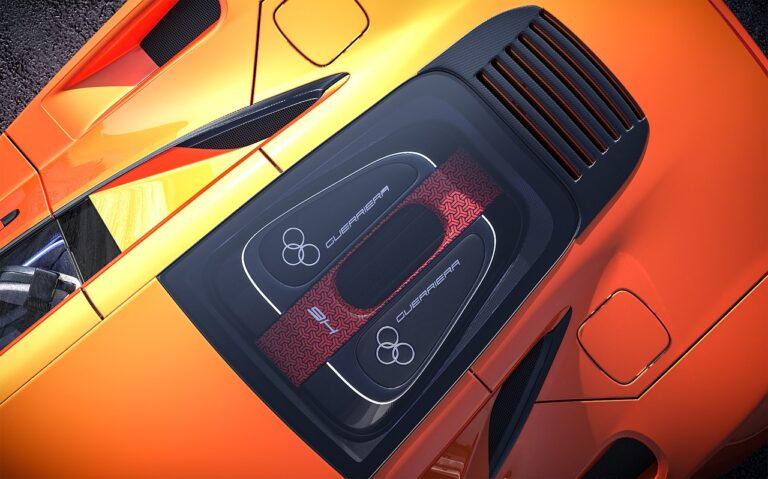The Role of Augmented Reality in Auto Design Collaboration and Visualization
Augmented Reality (AR) technology has brought a paradigm shift in auto design collaboration by enabling real-time interactions and seamless communication among designers, engineers, and stakeholders. By superimposing digital information onto physical environments, AR allows team members to visualize and manipulate vehicle designs in 3D space, fostering a more intuitive and immersive design review process.
Moreover, AR facilitates remote collaboration by eliminating geographical barriers and enabling teams to work together in virtual spaces regardless of their physical locations. Designers can overlay digital prototypes onto real-world settings, enabling them to assess the aesthetic appeal and functional aspects of a vehicle design with greater accuracy and efficiency. This level of visual realism and interactivity offered by AR not only streamlines the design iteration process but also enhances the overall quality of the design output.
Benefits of Using Augmented Reality in Auto Design Visualization
Augmented reality (AR) has brought about a significant shift in the way auto design visualization is approached. By overlaying digital elements onto the physical world, designers are able to envision new concepts in a more immersive and interactive manner. This enhanced visual representation not only aids in better understanding of the design but also facilitates real-time collaboration among team members.
Moreover, the use of AR in auto design visualization allows for greater flexibility and efficiency in the design process. Designers can quickly make modifications to the virtual model and see the changes reflected in real-time. This instant feedback loop not only speeds up the design iteration process but also minimizes errors and ensures that the final design meets the desired specifications.
Challenges Faced in Implementing Augmented Reality for Auto Design Collaboration
Implementing augmented reality in auto design collaboration comes with its fair share of challenges. One major obstacle is the high cost associated with acquiring and maintaining the necessary AR technology. Auto companies need to invest significant resources in hardware, software, and training programs to effectively integrate AR into their design processes. This financial burden can be a deterrent for many companies, especially smaller ones with limited budgets.
Another challenge is the complexity of integrating AR systems with existing design tools and software. Ensuring seamless communication and compatibility between different platforms can be a daunting task. Auto designers and engineers may face technical difficulties in syncing their work across various software environments, leading to inefficiencies in the collaboration process. Additionally, there may be a learning curve for team members who are unfamiliar with AR technology, adding another layer of complexity to the implementation process.





